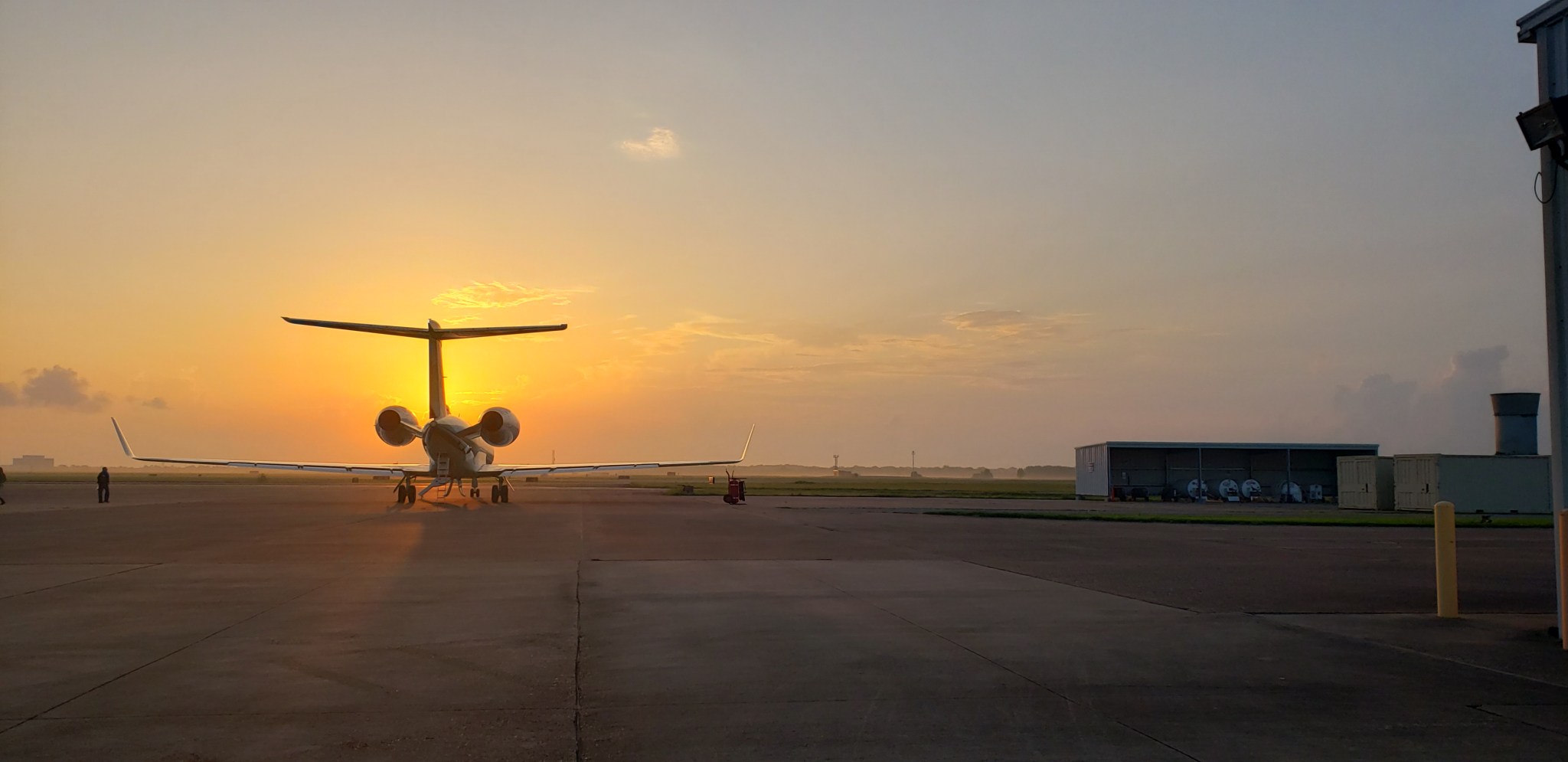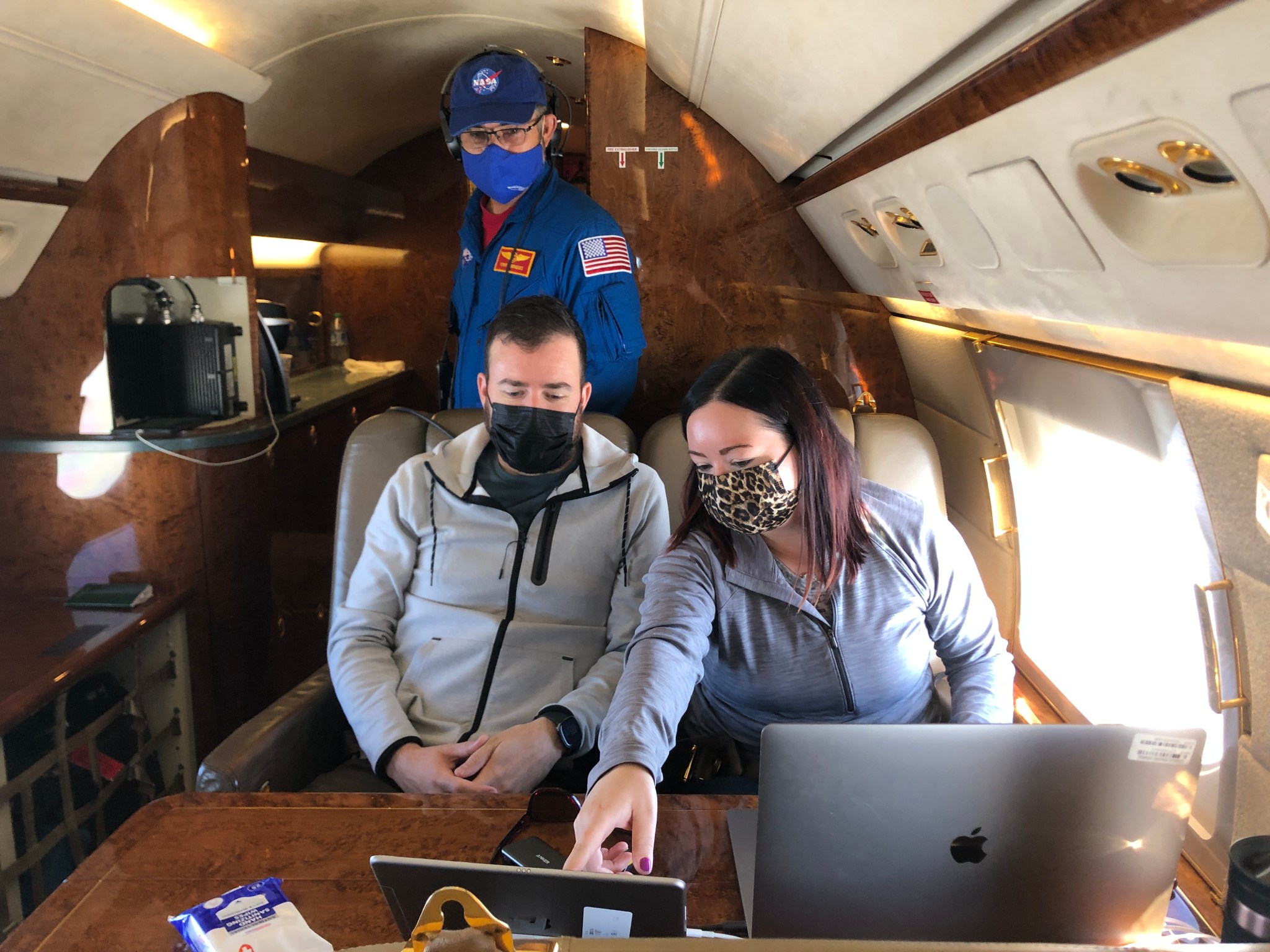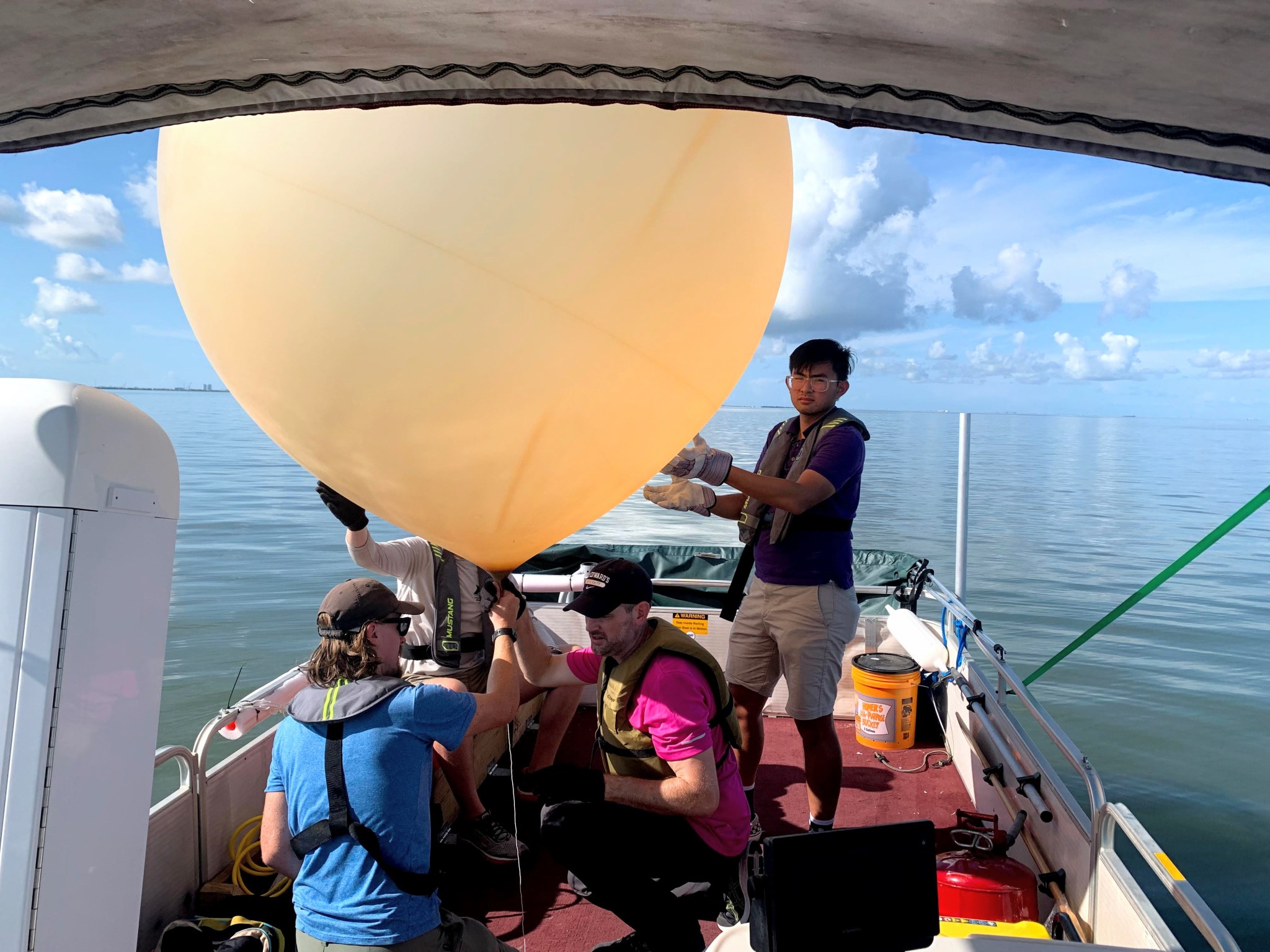NASA scientists are in Houston this month for an intensive air quality study exploring the effects of emissions and weather on air pollution, as well as the relationship between air quality and socioeconomic factors.
Tracking Aerosol Convection interactions ExpeRiment-Air Quality (TRACER-AQ) began Sept. 1 and includes both airborne and ground-based measurements of trace gases, aerosols, and weather to help scientists better understand some of the intricacies of air quality in the Houston area.
Specifically, TRACER-AQ scientists and stakeholders want to improve their understanding of how local conditions result in ozone pollution levels that exceed National Ambient Air Quality Standards, or NAAQS, in the region. These datasets will help evaluate the accuracy of modeling platforms used to track pollution, and the value of using satellite trace-gas observations to monitor local air pollution.
One aim of the study is to further investigate findings from a paper published in 2020 that found higher levels of nitrogen dioxide in Houston’s low-income, non-white and Hispanic communities. Nitrogen dioxide can cause and/or worsen a number of respiratory conditions. The science team hopes to update these results with newer data as well as expand this work to include other pollutants.
“The most efficient ways to mitigate poor air quality may have evolved over time, as has the technology used to observe it,” said Laura Judd, an atmospheric scientist at NASA’s Langley Research Center in Hampton, Virginia, and co-principal investigator for TRACER-AQ. “We are deploying a set of assets that will help us learn how the next generations of satellites can assist in these efforts.”
Because of its population density, the presence of a busy marine port, a large number of petrochemical facilities, and water and land-influenced meteorology, Houston has been the subject of a number of air quality studies over the years. Overall, ozone pollution levels in the area have diminished in the last two decades as a result of declining local emissions.
Judd is overseeing the airborne component of the study, which will be conducted aboard a Gulfstream V research aircraft flying out of NASA’s Johnson Space Center in Houston. Instruments onboard the aircraft will measure the distribution and concentration of trace gases such as nitrogen dioxide and formaldehyde, as well as vertical profiles of ozone and aerosols.
Judd’s co-PI, John Sullivan, an atmospheric scientist at NASA’s Goddard Space Flight Center in Greenbelt, Maryland, is overseeing ground-based operations that will include the use of remote sensors, and balloon-borne and surface observations of trace gases, aerosols, and weather. The combined air and ground measurements will allow TRACER-AQ scientists to see how and why air quality over the Houston area changes from hour to hour.
That level of detail is important in a region where, particularly in late summer, emissions from motor vehicles and industrial and petrochemical processes can drift out over Galveston Bay, “cook” into smog in the afternoon sun, then recirculate back through the city with a reversal in the winds. This is an example of the sea/bay breeze effect. Though Houston is a hotspot for this kind of sea-breeze pollution event, it’s a common phenomenon in coastal regions around the country.
“State agencies are realizing that their current suite of historical tools — surface monitors — lack the ability to characterize the full extent of sea breeze days or emission transport days,” said Sullivan. “They need the additional assets that researchers can bring to the field to better understand the timing and duration of pollution episodes. Every event is unique.”
State and federal agencies are essential partners in TRACER-AQ. The original TRACER is a Department of Energy (DOE)-led campaign to study the effects of aerosols on convective clouds in the Houston region. NASA researchers saw the potential to conduct a complimentary air quality mission as a matter of public health and as part of the agency’s goal to research the composition of the air we breathe as well as work toward space-based air quality monitoring via the upcoming Tropospheric Emissions Monitoring of Pollution (TEMPO) mission.
“This whole effort began because of what DOE TRACER was bringing to the table,” said Judd. “We owe the successes we’ve built over the last 18 months to all our collaborators and colleagues involved in this mission.”
TRACER-AQ’s other main partner is the Texas Commission on Environmental Quality (TCEQ), which runs many of Houston’s air quality monitoring sites. They’re also supporting a suite of mobile laboratories and boat observations that will allow the research teams to sample the atmosphere in unique ways from the ground. An example of this is releasing ozone sondes (a type of balloon-launched ozone measurement device) to collect vertical observations over water. They will also drive mobile labs throughout Houston to track air pollution.
Data from the study will provide state and federal officials with information useful for the development of regulatory practices that help improve air quality in the region, and for improved public safety measures, especially in high-risk areas. It will also provide researchers with data similar to what they can expect from the upcoming TEMPO mission.
Additional partners in TRACER-AQ include the University of Houston, Baylor University, St. Edwards University, the University of Oklahoma, Virginia Tech and the University of Virginia.
Joe Atkinson
NASA Langley Research Center




























